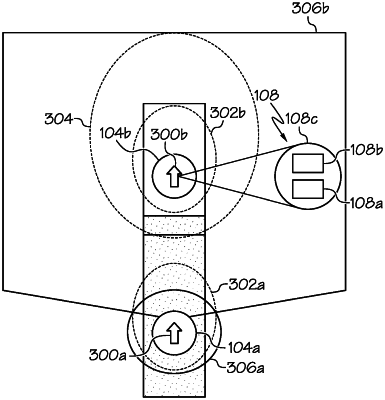| CPC B64C 39/024 (2013.01) [G05D 1/0016 (2013.01); G05D 1/106 (2019.05); G08G 5/0004 (2013.01); H04L 67/12 (2013.01); B64U 2201/10 (2023.01); B64U 2201/20 (2023.01)] | 20 Claims |

|
1. An unmanned aerial vehicle, comprising:
a first sensor for detecting a lateral field of view of the unmanned aerial vehicle; and
a vehicle computing device that includes a memory component and a processor, the memory component storing logic that, when executed by the processor, causes the unmanned aerial vehicle to perform at least the following:
calculate a current detection boundary for the unmanned aerial vehicle, wherein the current detection boundary is based on the lateral field of view of the first sensor;
calculate a well clear boundary based on an instantaneous trajectory, a planned future trajectory, and a capability of the unmanned aerial vehicle;
predict a predicted required detection boundary for the unmanned aerial vehicle at a predetermined time in the future, wherein the predicted required detection boundary represents the detection boundary that will be needed to maintain the unmanned aerial vehicle in the well clear boundary at the predetermined time in the future; and
alter the capability of the unmanned aerial vehicle based on the lateral field of view from the first sensor to ensure the current detection boundary covers the predicted required detection boundary.
|